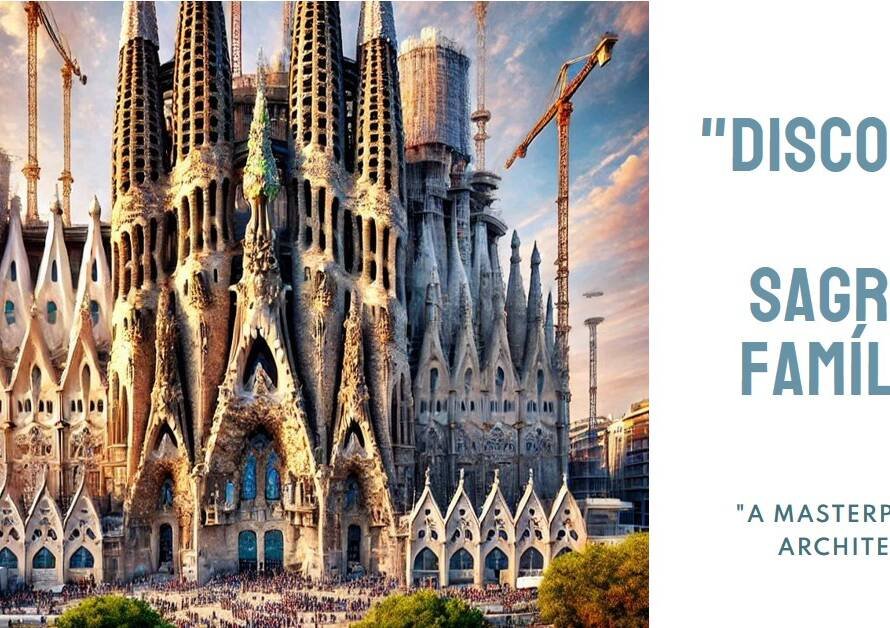
Table of Contents
- Introduction:
- The Historical Context: Learning from the Past
- The Importance of Sustainability in Urban Planning:
- Technological Innovations: Shaping the Future of Cities
- Socio-Economic Factors: Balancing Equity and Growth
- Public Participation: Engaging Communities in Planning
- Transportation: The Lifeline of Urban Areas
- Green Spaces: Enhancing Urban Livability
- Resilience Planning: Preparing for the Unexpected
- Smart Growth: Strategies for Sustainable Expansion
- Conclusion: Charting the Future of Urban Development
Introduction:
Urban planning and development stand at the crossroads of art, science, and policy-making. As cities grow and evolve, the need for meticulous and strategic planning becomes ever more critical. This blog post delves into the essential facets of urban planning and development, offering key insights for professionals and enthusiasts alike. We will explore the historical context, the importance of sustainability, the role of technology, and the socio-economic factors that influence urban environments.
The Historical Context: Learning from the Past
Understanding the history of urban planning is crucial for grasping contemporary challenges. Historically, cities were often developed organically, without a master plan. Ancient cities like Rome and Athens exemplify early attempts at organized urban planning, featuring grid layouts and public spaces designed for civic life. These early examples highlight the timeless importance of order and accessibility in urban design.
During the Industrial Revolution, cities expanded rapidly, often haphazardly. This period underscored the need for comprehensive urban planning as overcrowding and poor living conditions became rampant. The introduction of zoning laws and public health regulations marked significant advancements, laying the groundwork for modern urban planning practices.
The Importance of Sustainability in Urban Planning:
Sustainability is no longer a mere consideration; it is a necessity. Modern urban planners must prioritize environmentally friendly practices to create cities that can endure and thrive. This involves integrating green spaces, promoting public transportation, and ensuring efficient energy use. Sustainable urban planning not only preserves the environment but also enhances the quality of life for city dwellers.
The concept of sustainable urban development extends beyond environmental concerns. It includes economic and social dimensions, aiming for a balanced approach that fosters economic growth, social equity, and environmental protection. Urban planners must navigate these complex interrelations to develop cities that are not only livable but also resilient and inclusive.
Technological Innovations: Shaping the Future of Cities
Technology plays a pivotal role in modern urban development. From smart cities employing IoT devices to monitor and manage infrastructure, to the use of big data for urban planning decisions, technological advancements are transforming how cities are designed and operated. Planners can now utilize geographic information systems (GIS) to visualize and analyze urban spaces, leading to more informed decision-making.
Moreover, innovations such as autonomous vehicles and renewable energy technologies are set to revolutionize urban living. By integrating these technologies into urban planning, cities can improve efficiency, reduce carbon footprints, and enhance the overall quality of life. The challenge lies in keeping pace with rapid technological advancements and ensuring equitable access to these innovations.
Socio-Economic Factors: Balancing Equity and Growth
Urban planning must address socio-economic disparities to create equitable cities. Economic growth often brings prosperity, but it can also exacerbate inequalities if not managed properly. Planners must consider the needs of all residents, particularly marginalized communities, to ensure that urban development benefits everyone.
Affordable housing is a critical issue in many urban areas. As property values rise, low-income residents are often displaced, leading to gentrification and social fragmentation. Urban planners must implement policies that promote inclusive growth, such as mixed-income housing developments and community land trusts, to maintain social cohesion and prevent displacement.
Public Participation: Engaging Communities in Planning
Effective urban planning requires the involvement of the community. Engaging residents in the planning process ensures that the developments reflect their needs and preferences. Public participation can take many forms, from town hall meetings and public surveys to participatory design workshops.
Inclusive planning processes help build trust between the community and planners, fostering a sense of ownership and responsibility among residents. Moreover, incorporating diverse perspectives leads to more innovative and effective solutions. Urban planners must prioritize transparency and communication to facilitate meaningful public participation.
Transportation: The Lifeline of Urban Areas
Transportation is a critical component of urban planning. Efficient transportation systems are essential for the economic vitality and livability of cities. Planners must design networks that accommodate various modes of transport, including public transit, cycling, and walking, to reduce congestion and environmental impact.
Investing in public transportation infrastructure not only alleviates traffic congestion but also promotes social equity by providing affordable mobility options. Additionally, incorporating pedestrian and cycling paths encourages healthier lifestyles and reduces reliance on cars, contributing to environmental sustainability.


Green Spaces: Enhancing Urban Livability
Green spaces are vital for the well-being of urban residents. Parks, gardens, and recreational areas provide essential breathing spaces in densely populated cities. They offer numerous benefits, including improved air quality, enhanced mental health, and increased opportunities for physical activity.
Urban planners must strategically integrate green spaces into city layouts to maximize their accessibility and benefits. This involves not only creating new green areas but also preserving and revitalizing existing ones. Green spaces should be designed to cater to diverse populations, offering inclusive and multifunctional environments for relaxation, recreation, and community events.
Resilience Planning: Preparing for the Unexpected
Urban resilience planning involves preparing cities to withstand and recover from various challenges, including natural disasters, economic shocks, and social upheavals. This requires a proactive approach, incorporating risk assessments and emergency preparedness into urban planning processes.
Resilience planning also involves building adaptable and flexible infrastructure that can respond to changing conditions. For example, flood-prone areas might benefit from elevated structures and improved drainage systems. By prioritizing resilience, urban planners can help cities navigate uncertainties and emerge stronger from crises.
Smart Growth: Strategies for Sustainable Expansion
Smart growth principles advocate for sustainable urban expansion that minimizes sprawl and promotes efficient land use. This approach encourages higher-density development, mixed-use zoning, and the preservation of open spaces. Smart growth aims to create vibrant, walkable communities that offer a high quality of life.
Implementing smart growth strategies involves coordinated efforts across various sectors, including transportation, housing, and environmental management. Planners must work closely with policymakers, developers, and the community to ensure that growth is managed in a way that supports long-term sustainability and livability.
Conclusion: Charting the Future of Urban Development
Urban planning and development are critical to shaping the future of cities. By learning from historical precedents, prioritizing sustainability, leveraging technology, addressing socio-economic disparities, and engaging the community, planners can create cities that are resilient, inclusive, and vibrant. As urbanization continues to accelerate, the need for innovative and effective urban planning becomes increasingly urgent. Through thoughtful and strategic planning, we can build cities that not only meet the needs of today’s residents but also stand the test of time for future generations.


